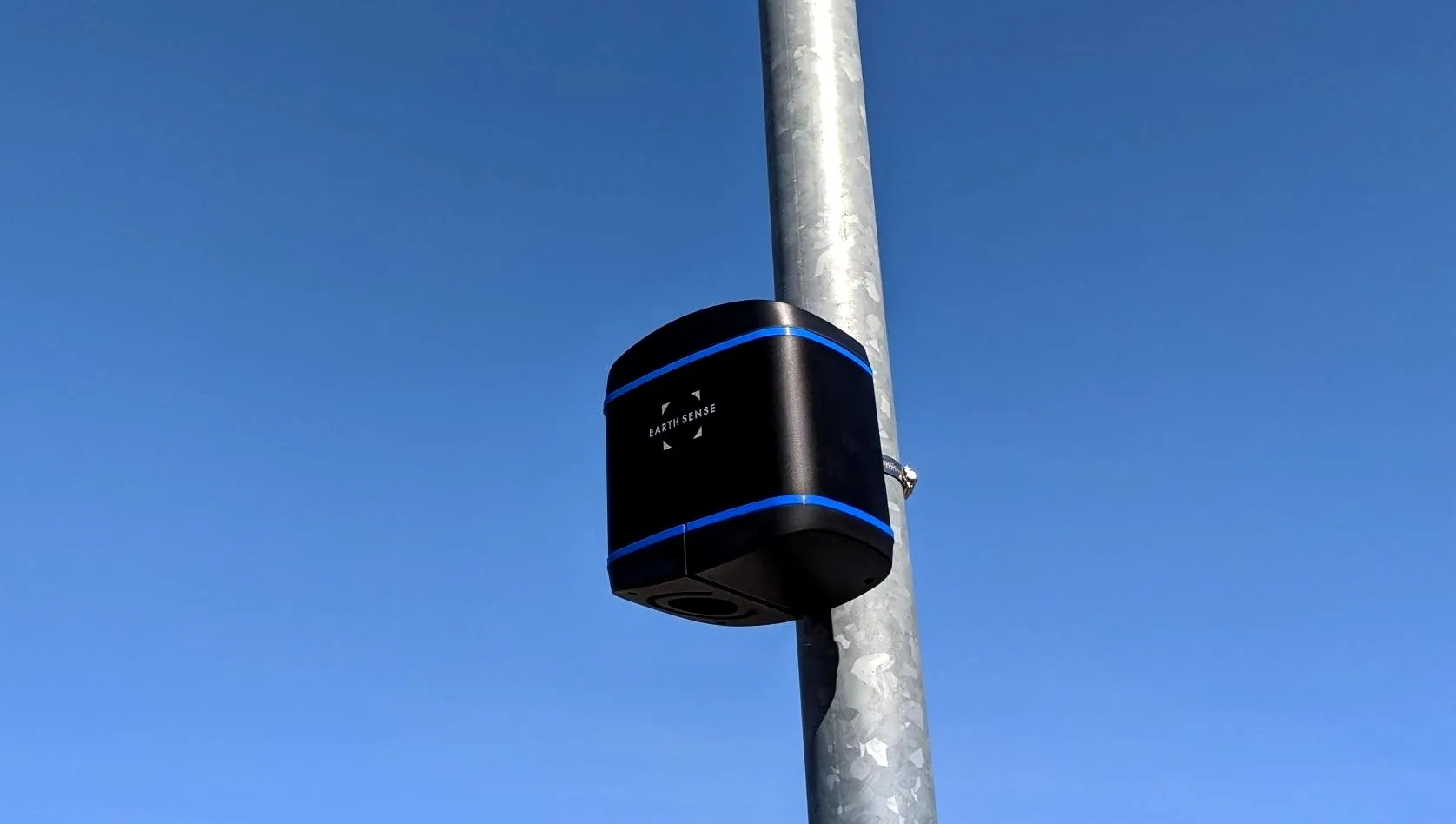Lufft’s new WS800 weather sensor detects lightning and other environmental parameters including ambient temperature, relative humidity, barometric pressure, wind speed and direction, rainfall intensity and volume as well as global radiation. It detects the radiated electromagnetic waves of a thunderbolt and Lufft said the WS800 is resistance to electromagnetic radiation, which occurs on high speed train rails. The unit is small enough fit into the existing housing of the WS700 and communicates with the stan
January 15, 2016
Read time: 1 min










